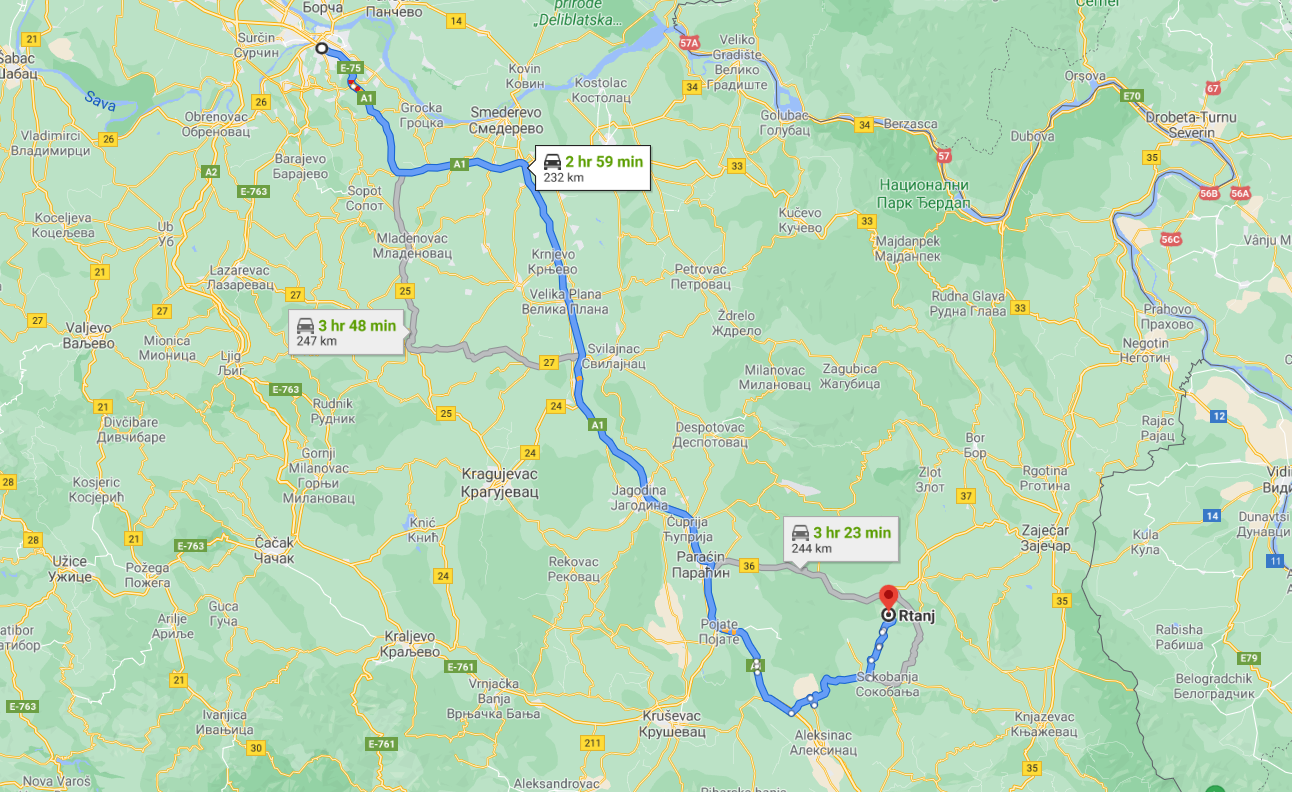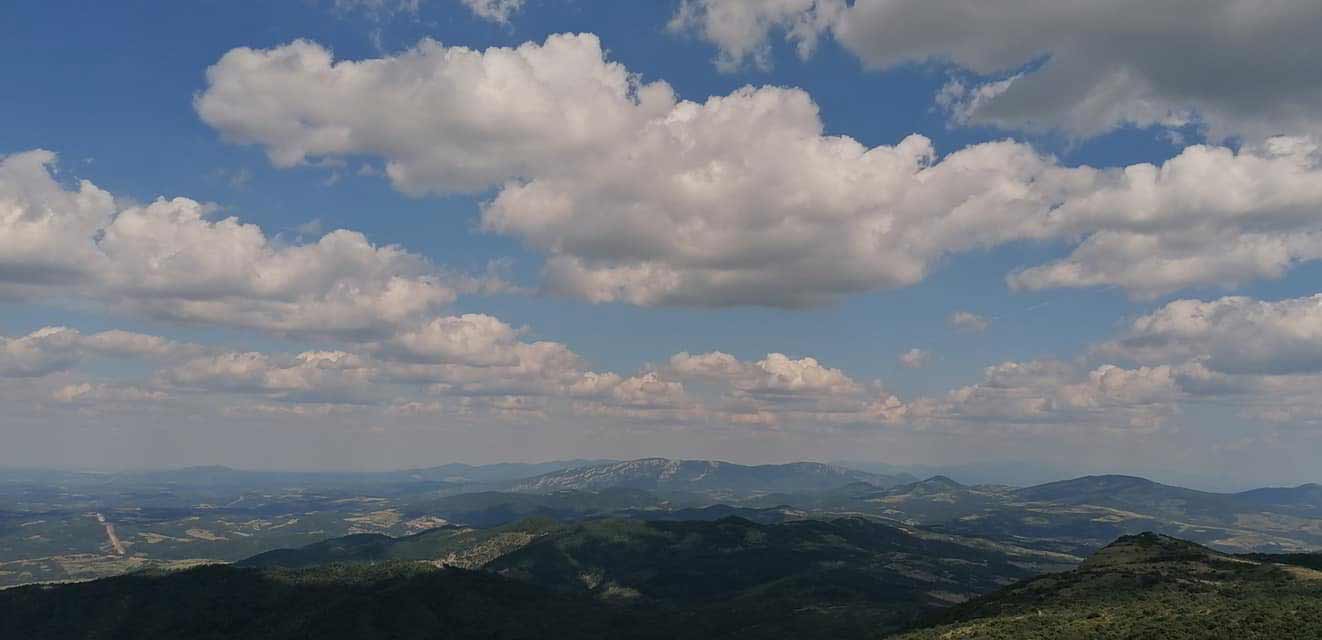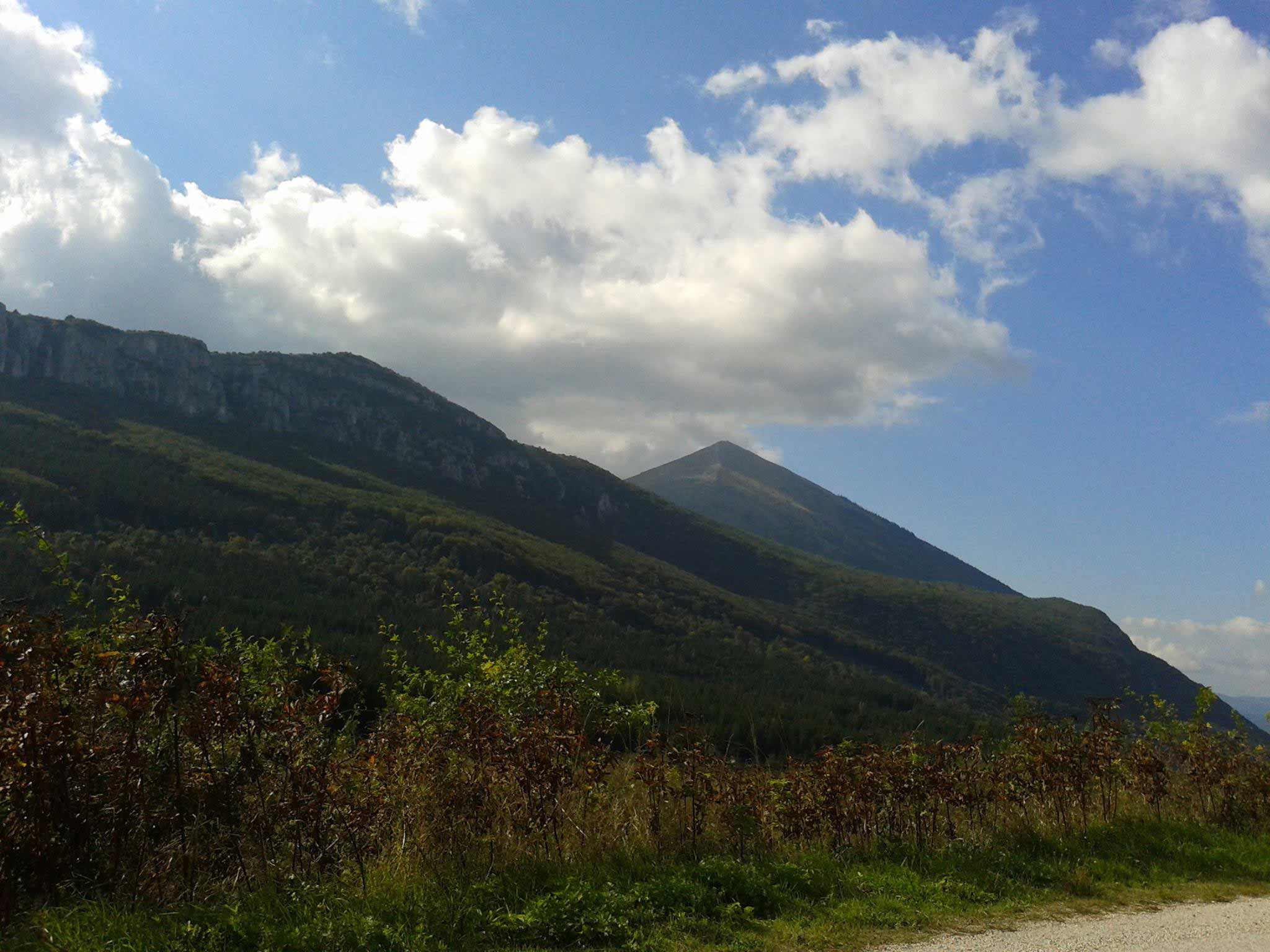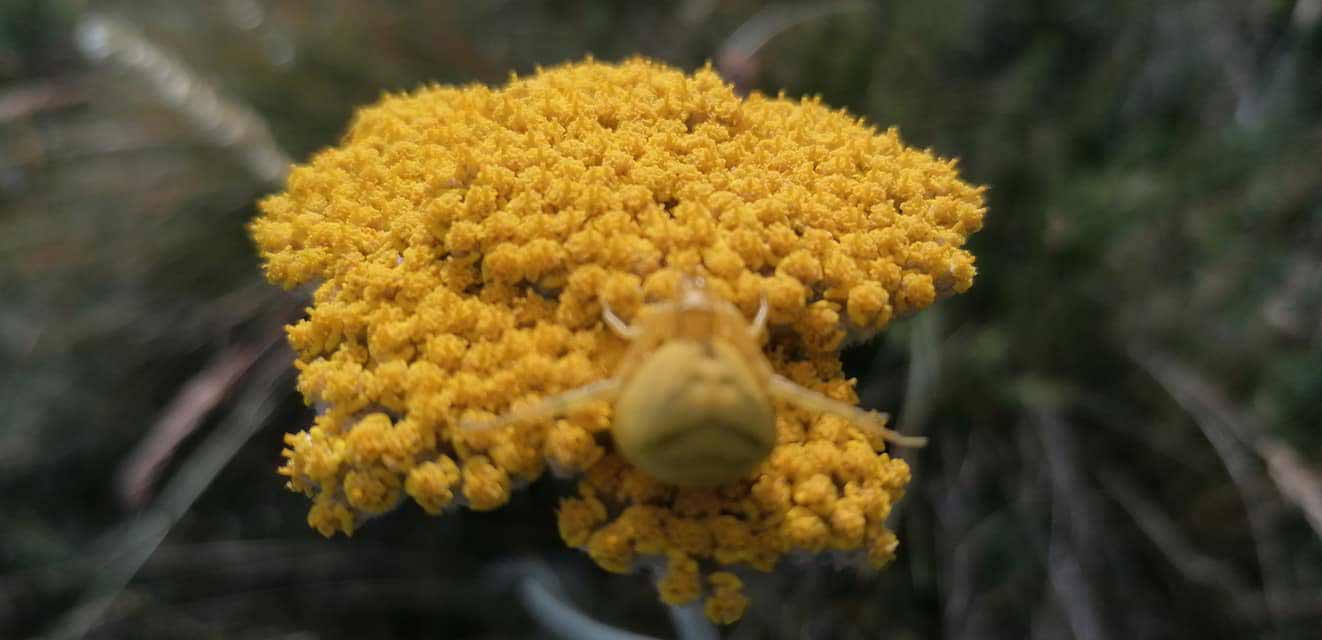Rtanj - nature that heals
Although it is not time for tea, in today's topic we will deal with the same. Ceylon tea, Mao Feng, Earl gray, desert tea are just some of the teas with exotic flavors and names, without "throwing" to the level of its healing majesty - Rtanj tea. Maybe all this sounds much biased, only the love for this tea made me dedicate a short text to it.
In this regard, we traveled to Rtanj, visited some interesting places around, met some interesting people. If you missed our text about this unusual, fantastic mountain, you can find it at the following link.

How to get to Rtanj
Rtanj can be reached from Belgrade in just under 3 hours by highway. In addition to the nice weather, Bojan, the founder of the mountain club "Šiljak", a passionate fan of Rtanj and a collector of medicinal herbs, welcomed us on Rtanj.
Bojan is on Rtanj over 100 days a year. He spends a good part of his time collecting medicinal herbs, which he has been doing for 27 years. In addition to collecting herbs, he actively hikes and leads tours to the top. Depending on the pace, weather conditions, and your physical fitness itself, the ascent to Rtnje will take. Bojan says that the goal is not just to climb, but to enjoy that climbing as well, and to wake up the next day fresh and rested, without muscle inflammation. That is exactly how he organizes tours, which we could see later.

Rtanj medicinal herbs
There are 25 endemic plant species on Rtnje and they make up about 4% of the total flora of Rtanj. Rtanj is so exciting, that for some species, such as "Yellow Grass", you will have to climb to the very top. On Rtanj you can find several species of Orchids, and Rtanj is also home to the relict species "Steppe Almond" (Prunus Tenella). Of great importance are also species such as Viola Grisebachiana, Genista Subcapitata, Hieracium Marmoreum, and Ramonda Serbica (Serbian Ramonda). However, we returned to what we came to Rtnanj for, that is, Rtanj tea.

Rtanj tea is mountain Čubar (Chubar). It is a plant from the lip family that grows literally everywhere. As much as we would like it to be a plant that can only be found on Rtanj. Nevertheless, the people here realized its full potential and managed to fully use and popularize it. That is why today we are talking about Rtanj tea. The coastal Chubar belongs to the same family (Institute Josip Pančić imports it from Albania). Primorski Chubar is more of a spice plant. Rtanj tea, ie mountain Chubar is a plant with healing properties. It has been proven to be good for the stomach and the digestive system in general. If sweetened, it is ideal for respiratory problems, while unsweetened is used to treat stomach problems.
You can also use Rtanj tea as a spice. Bojan suggests that we at least season ordinary scrambled eggs with Čubar, and he also changes oregano very well, so be sure to try pizza or bolognese with Čubar as a spice. "Chubar goes well with meat, as a spice for soups," Bojan continues in the same breath. You can use Rtanj tea as a spice in two ways. You can use it ground to season the soup (pizza, bolognese). If you are roasting meat, you can put a leaf or twig and remove it from the side after roasting. Chubar can make a dish a little bitter, so you should be careful when using a whole leaf or twig.

You can find Čubar all over the country. The difference concerning the one that grows on Rtnje is the altitude. It is the attitude that probably influenced the Chubar that you can find on Rtnje to have a different smell and taste, just as it has proven healing properties. Chubar, which is located on other mountains, is called "Mountain Chubar" and a geographical indication is added to it, ie the place where it originates. Bojan calls for caution because it often happens that people and companies present and sell ordinary mountain Chubar as Rtanj tea.
Plant protection on Rtanj
Bojan explained to us the way to take Rtanj tea and other medicinal plants. Plants should not be uprooted, although this method of picking is much more efficient. When Chubar or any other medicinal plant is uprooted, the plant stock at the harvesting site is destroyed for several years. Bojan says that the new shoot needs about 3 years to see the light of day, like a plant that grows above the ground. That is why Bojan says that the only correct way of picking is to cut Chubar. In that way, as Bojan says, plants are given the opportunity to regenerate, and visitors after you can also pick something.

When asked if they might have thought about protecting Rtanj tea as an authentic product of that area, Bojan answered that some similar initiatives were becoming. As a great victory and a great victory for the lovers of Rtanj, he believes that they managed to secure the status of a nature reserve of the highest kind. As a big problem, he points out insufficiently well-defined protection mechanisms.












